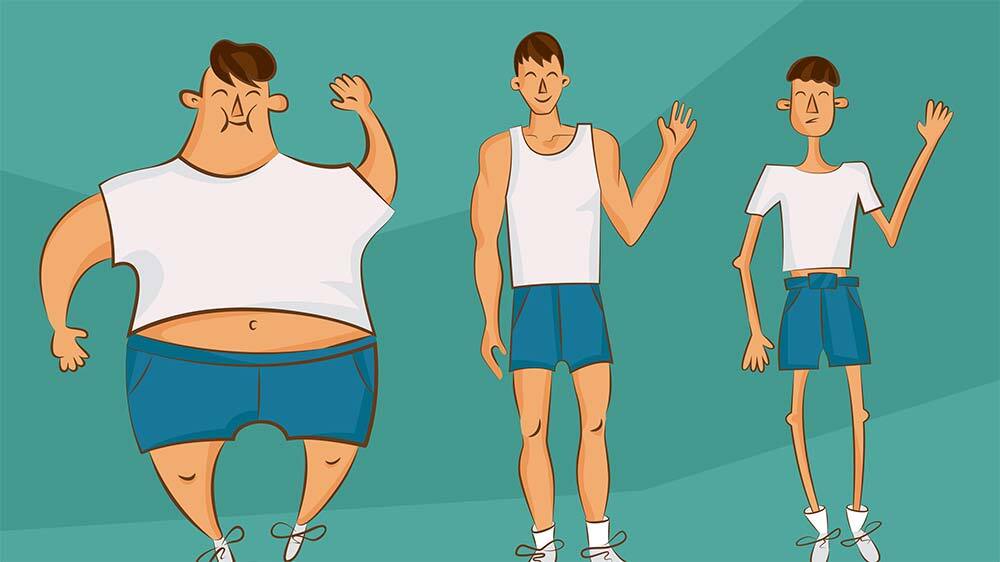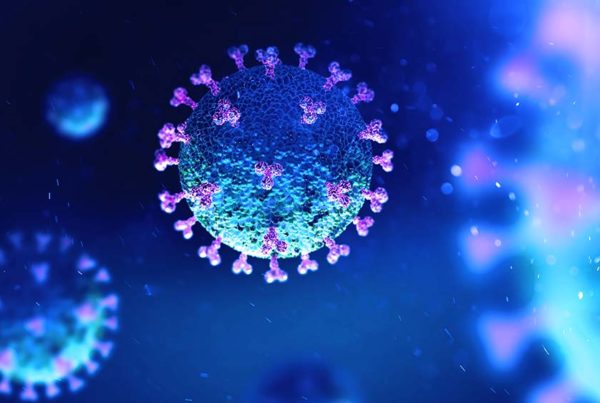
While 80 percent of the world’s population is overfat, the opposite— people who are too thin — is a growing global problem despite access to healthy food
The sight of an extremely thin person often conjures up images of starvation, yet this rising segment of the population — those who are underfat — is on the rise worldwide even though most have access to adequate food.
Stored body fat is an important aspect of health and fitness. Too much or too little —overfat or underfat — are both serious problems that affect the whole body. The global population is made up of mostly overfat individuals, with the latest estimates at over 80 percent, with only about 12 percent having normal levels of body fat.
Regardless, hundreds of millions of people are underfat, including increasing numbers who are unhealthy, usually with preventable illness. Many over-exercise, under-eat, or both. These individuals are often trying to get more fit but do so at the expense of their health. The old social stigma of “you can’t be too thin” is unfortunately alive and unwell.
Those who are underfat have too little body fat to maintain health. For women, underfat is defined as being below 14 percent, and men below 8 percent body fat. Accurate measures such as bioelectrical impedance and DXA (dual-energy X-ray absorptiometry) can determine if percent body fat is too low.
The global prevalence of underfat is about 8 percent, and includes three basic categories:
- People who don’t have access to enough food and are malnourished (starvation) — a problem in both developing and developed countries.
- Those with serious, usually preventable illness or disease, including hormone imbalance, gut problems, chronic inflammatory-related diseases like cancer, with many associated with muscle-wasting (cachexia).
- Those who restrict healthy food and/or exercise excessively, thereby seriously impairing metabolism, immunity and physical health. Many are diagnosed with mental illness that promotes disordered eating like anorexia, bulimia or other harmful dieting patterns — more common than many people realize. Many are also athletes such as dancers and those seeking specific weight categories, and long-distance runners.
Underfat people can develop various abnormalities that impair health and fitness. These include:
- Adiposopathy — sick fat cells.
- Chronic bodywide inflammation.
- Other metabolic, cardiovascular and immune impairment, including increased oxidative stress and reduced production of our most potent antioxidant, glutathione.
- Reduced muscle mass, especially aerobic muscle fibers, impairing the mitochondria and blood circulation. (In the elderly, sarcopenia, excess muscle loss, may be as high as 50 percent, and can often exist with excess body fat, called sarcopenic overfat).
- Reduced muscle strength and low testosterone.
- Low bone mass.
- All the above can significantly raise the risk for chronic disease, physical impairment and pain, and infectious disease.
The above conditions are actually shared by those who are overfat.
Unlike overfat, which is easily determined by measuring the waist, the underfat state can sometimes be clinically elusive. However, an effective clinical assessment usually helps differentiate a healthy thin person from an unhealthy underfat one. Reliance of body weight and BMI to detect underfat can be deceptive and may not accurately reflect body fat content.
Underfat is sometimes confused with a condition called constitutional thinness — a rare condition of very low body mass index (BMI under about 18 kg/m2), but technically no other physical, biochemical or mental-emotional abnormalities.
Many excessively thin people may appear otherwise healthy, but a detailed assessment often uncovers abnormalities such as hormonal imbalance, muscular impairment or poor nutrition. Clinicians must also rule out eating disorders, over-exercise, history of significant weight fluctuations, and the patient’s resistance to try gaining weight.
A key focus of people with excess thinness should not be body image, but discovering whether any underlying health problems exist and how to address them. This often is best accomplished with the help of a health practitioner.
References
Alusca B, et al. Reduced Fibre Size, Capillary Supply and Mitochondrial Activity in Constitutional Thinness’ Skeletal Muscle. Acta Physiol (Oxf). 2018;224(3):e13097. doi: 10.1111/apha.13097.
Maffetone P, et al. Overfat and underfat: New definitions long overdue. Front Public Health. 2017;4:279. doi: 10.3389/fpubh.2016.00279.
Maffetone P, Laursen P. Revisiting the overfat pandemic. Front. Public Health. 2020. doi.org/10.3389/fpubh.2020.00051.
Maffetone P. Constitutional thinness: body fat metabolism and skeletal muscle are important factors. Letter to the Editor. Br J Nutr. 2020. (Bailly M, et al. Definition and diagnosis of constitutional thinness: a systematic review. Br J Nutr. 2020.)








